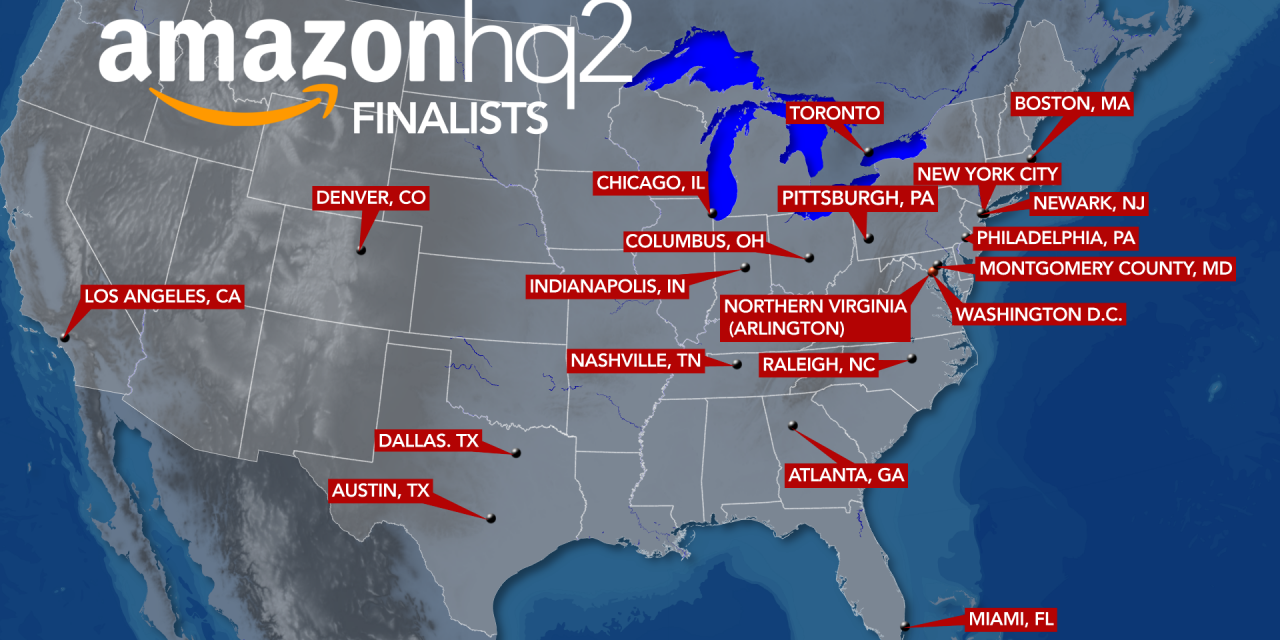...as opposed to grassroots product development.
Trickle down and grassroots development are common terminology when we talk about economic development, but are never used when talking about product development.
In economic development, the concept is simple enough. Trickle down theory makes the case that by enabling people at the top to do well (those with a lot of capital to invest in new projects and ventures), the positive effects trickle down the pyramid to others indirectly through creation of jobs, enabling opportunity for local shops and restaurants in the areas where investments happen, etc. This is the argument made in the recent award of Amazon's HQ2 site in New York as well as the argument often made while granting subsidies to the likes of Walmart or while setting up Special Economic Zones (SEZs) with special privileges for companies setting up shop in specific areas of cities.
Many people don't buy into this theory though (I'm not one of them). And these are the ones that protest such grants and subsidies. These people believe in a grassroots development theory instead, which makes the case for development initiatives that focuses directly on those at the bottom rungs of the pyramid and tries to move them up a few rungs through initiatives focused entirely on them, that usually, but not necessarily, comes at the expense of those at the top rungs (in the form of higher taxes, affirmative action, etc). I believe in this too, as they don't necessarily have to be mutually exclusive. But if I had to put money on one, I would pick the former.
When it comes to product development, I have a much stronger bias to trickle down development than for grassroots development.
In the context of product development, the rungs of the pyramid are defined in the form of how relevant the target audience is, which results in very early adopters and power users forming the top rungs and a wider base of late adopters and infrequent users forming the bottom rungs.
A grassroots product development approach is to focus on the wider audience (maybe in one small segment at a time, but the wider audience that do not contribute to power users and early adopters) and try to build new features that can bring on more new people to the product. This is the equivalent of thinking in terms of small wins that can contribute to expanding the product's audience by a significant factor.
While this seems like a good approach on paper (why wouldn't we want a wider user base through small wins, right?), it is likely to have negative implications in sustaining that audience. When we keep going after small wins that can bring on some more people to the product, we do it at the cost of the core users and the power users, who will then leave, eventually taking the rest of the 'follower' audience with them to another product.
Whereas, a trickle down product development approach focuses extensively on building an amazing product for the core power users and constantly strives to enhance the value they derive out of the product, which then trickles down to and attracts more people from the wider base that come on board as users of the product.
This is simply another way of saying we ought to focus on the core users of our product and deliver the most value to them.





CONVERSATION